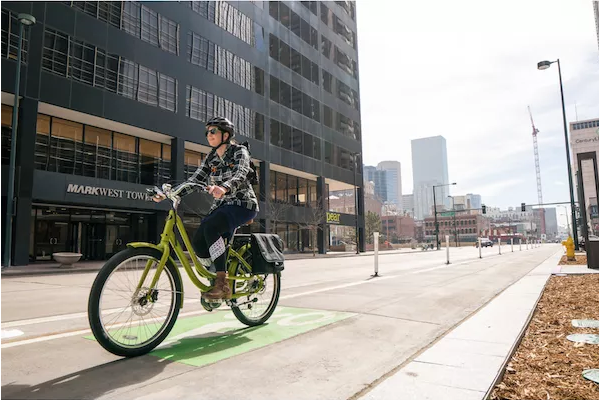A stripe of paint on the street isn't enough to keep bicyclists safe from drivers, a new study confirms.
The study, published this month in the journal Accident Analysis and Prevention, analyzed the way drivers interact with cyclists on various types of streets. It found that drivers pass cyclists on average about 1.25 feet closer on streets with a painted bike lane and car parking than on streets with no bike infrastructure.
“When the cyclist and driver share a lane, the driver is required to perform an overtaking maneuver," Dr. Ben Beck, Monash University’s Deputy Head of Prehospital, Emergency and Trauma Research and the lead researcher on the study, said in a statement. "This is in contrast to roads with a marked bicycle lane, where the driver is not required to overtake. This suggests that there is less of a conscious requirement for drivers to provide additional passing distance.”
Beck and his team used a device to record the passing distance for sixty riders in Victoria, Australia. Over the five-month study period, they recorded more than 18,500 car-bike overtaking events.
The median passing distance was more than five-and-a-half feet. But passing margins were far narrower on roads with speed limits of 35 mph or higher — that's when almost a third of passing events were at a distance of about 3.25 feet, or about 15 inches closer than the median distance. SUVs and buses were also more likely to encroach on cyclists than regular cars in any circumstance.
Beck and his team say the findings don't mean cities shouldn't invest in bike lanes, but that more than just paint is needed.
"The focus of on-road cycling infrastructure needs to be on providing infrastructure that separates cyclists from motor vehicles by a physical barrier," the study asserted.






